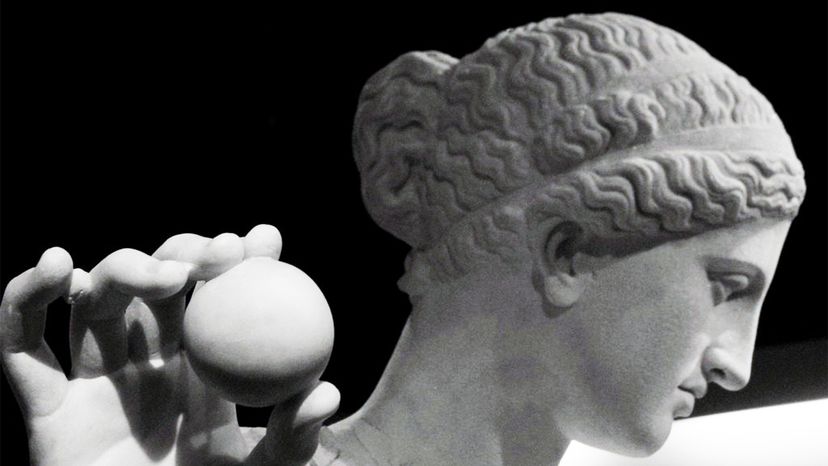
Key Takeaways
- Aphrodite's belt had the power to inspire desire and make men and gods fall hopelessly in love.
- Despite being married to Hephaestus, Aphrodite had numerous lovers, including gods like Ares and men like Adonis.
- Aphrodite was fierce and vengeful, punishing those who rejected her advances (like Hippolytus) and even feeding a disrespectful man's horses magic water that led to his demise.
The worst-kept secret of womanhood is perhaps the unrelenting societal pressure to conform to arbitrary, cookie-cutter beauty norms. And while women today face an unprecedented high bar when it comes to appearances (thank you filters, Instagram, Photoshop, cosmetic procedures, and all the rest!), unreasonable beauty standards are nothing new. In fact, they date back at least to aphrodite-006705">458 B.C.E. when the playwright Aeschylus dreamt up the ultimate embodiment of unattainable beauty: Aphrodite.
Born from the foam in the waters of Paphos, on the island of Cyprus, Aphrodite aphrodite/">has a couple of origin stories. According to Hesiod's "Theogony," she rose from the sea when the Titan Cronus killed his father Uranus and threw his genitals into the sea (um, yikes). But Homer's "Iliad" says Aphrodite is the daughter of Zeus and Dione. However she came into the world of Greek mythology, the Goddess of Love and Beauty is best known for her stunning aesthetic, but she's also a powerful, immortal deity capable of stirring up romance among gods and mortals. Here are seven of the most beautiful facts you may not know about Aphrodite.
Advertisement

